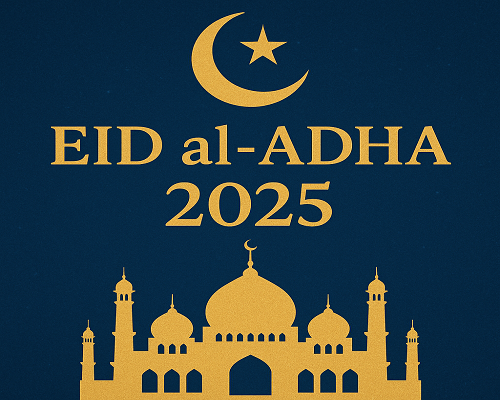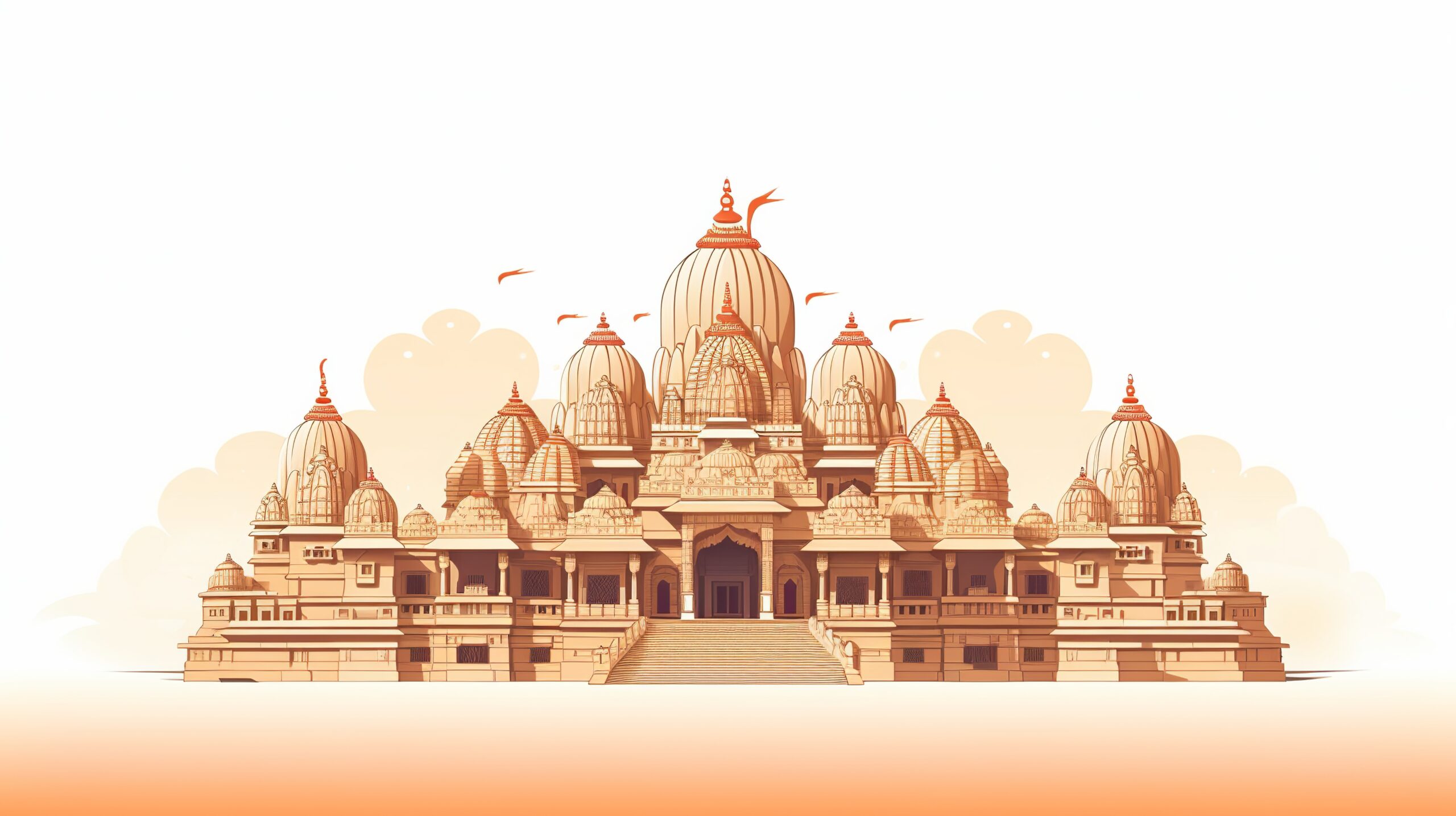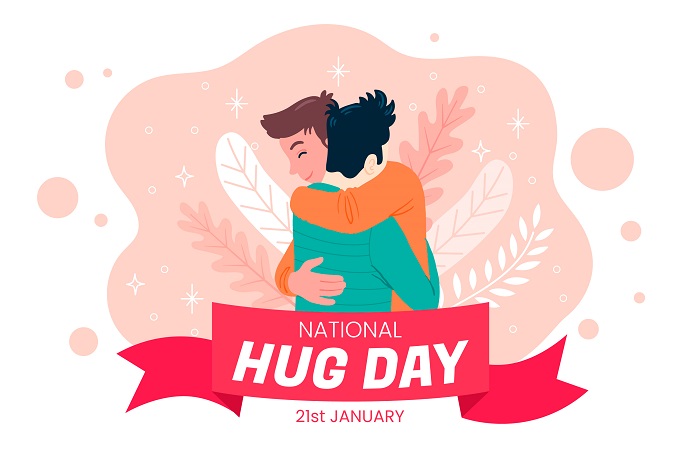Eid al-Adha, often called the “Festival of Sacrifice,” is one of the most significant religious holidays celebrated by Muslims worldwide. It honors the willingness of Prophet Ibrahim (Abraham) to sacrifice his son as an act of obedience to God. The festival is marked by prayers, acts of charity, and the ritual sacrifice of animals.
But what exactly makes Eid al-Adha so special, and how is it celebrated in 2025? Let’s dive into the history, customs, and vibrant traditions that surround this sacred occasion.
When is Eid al-Adha 2025?
Eid al-Adha 2025 is expected to begin on the evening of Sunday, June 29th, 2025, and will end on the evening of Monday, June 30th, 2025. However, the exact date depends on the sighting of the moon and may vary slightly between countries. The festival takes place on the 10th day of Dhu al-Hijjah, the last month of the Islamic lunar calendar.
Because the Islamic calendar is lunar-based, the dates shift about 10 to 11 days earlier each Gregorian year. This means Muslims get to celebrate Eid al-Adha in different seasons over time.
The History and Significance of Eid al-Adha
The story behind Eid al-Adha traces back to Prophet Ibrahim’s ultimate test of faith. God commanded Ibrahim to sacrifice his beloved son Ismail. Just as Ibrahim was about to carry out the command, God replaced Ismail with a ram, sparing his life. This story symbolizes submission, faith, and trust in God’s wisdom.
Eid al-Adha celebrates this willingness to surrender to divine will, and Muslims honor this legacy by sacrificing an animal, usually a goat, sheep, cow, or camel, to remember Ibrahim’s devotion.
Traditions and Rituals of Eid al-Adha
The Eid Prayer (Salat al-Eid)
On the morning of Eid, Muslims gather in mosques or open fields to perform a special prayer called Salat al-Eid. It’s a communal prayer that brings people together in gratitude and reflection.
The Sacrifice (Qurbani)
After prayer, the Qurbani takes place. Families who can afford it sacrifice a permissible animal. The meat is divided into three parts: one for the family, one for relatives and friends, and one for the needy. This act promotes sharing and caring within the community.
Visiting Family and Friends
Eid al-Adha is also a time for socializing. People dress in their best clothes, visit loved ones, and exchange gifts and greetings like “Eid Mubarak!”
Preparing for Eid al-Adha 2025
Spiritual Preparation
Many Muslims engage in extra prayers, fasting, and reading of the Quran in the days leading to Eid. It’s a time for spiritual cleansing and reflection.
Practical Preparations: Shopping and Cooking
From buying the sacrificial animal to cooking special meals, families prepare extensively. Markets bustle with people purchasing gifts, sweets, and festive clothing.
Planning the Qurbani
Choosing the right animal, booking a trusted butcher, and organizing the distribution of meat require thoughtful planning.
Popular Eid al-Adha Foods and Recipes
Each culture has its own traditional dishes. From spicy biryanis and kebabs in South Asia to succulent roast lamb in the Middle East, Eid meals are a feast of flavors. Many also prepare sweets like baklava, sheer khurma, or dates stuffed with nuts.
Eid al-Adha Around the World
Though the core rituals remain the same, celebrations differ globally. In some countries, there are grand fairs, parades, or even special charity events. For instance, in Indonesia, people cook communal meals, while in Saudi Arabia, pilgrims perform Hajj rituals simultaneously.
The Social and Economic Impact of Eid al-Adha
Eid al-Adha boosts local economies due to increased demand for livestock, clothing, and food. It also drives charitable activities, helping millions of people worldwide with food and resources.
Eid al-Adha Safety Tips for 2025
With large crowds and festivities, it’s important to maintain safety. Wearing masks, practicing hygiene, and avoiding overcrowded areas are key tips to enjoy a safe Eid, especially amid ongoing health concerns.
Environmental Concerns and Sustainable Practices
As Qurbani involves animal sacrifice, some communities are adopting eco-friendly practices like donating to organizations that perform sacrifices sustainably or reducing waste from festivities.
Common Questions About Eid al-Adha
- Who is Obligated to Perform Qurbani?
Muslims who can afford it and meet certain conditions perform Qurbani. - What Animals are Permissible?
Goats, sheep, cows, buffalo, and camels are the common choices.
Eid al-Adha in the Digital Age
Digital platforms have transformed Eid celebrations. From online donations for Qurbani to virtual gatherings with family abroad, technology keeps the spirit alive despite distance.
Conclusion
Eid al-Adha 2025 promises to be a meaningful celebration filled with faith, community, and generosity. It’s a time to reflect on sacrifice and kindness while enjoying joyous moments with loved ones. Whatever your location or tradition, Eid al-Adha’s message of devotion and compassion shines bright every year.
Frequently Asked Questions (FAQs)
1. How is the date of Eid al-Adha decided?
It is based on the lunar calendar and the sighting of the moon.
2. Can Qurbani meat be stored for later use?
Yes, it can be refrigerated or frozen.
3. Is it mandatory to perform Qurbani?
It is obligatory only for those who can afford it.
4. Can non-Muslims participate in Eid celebrations?
Yes, many communities welcome friends and neighbors to join.
5. What should I say to someone celebrating Eid al-Adha?
“Eid Mubarak” is the traditional greeting meaning “Blessed Eid.”



